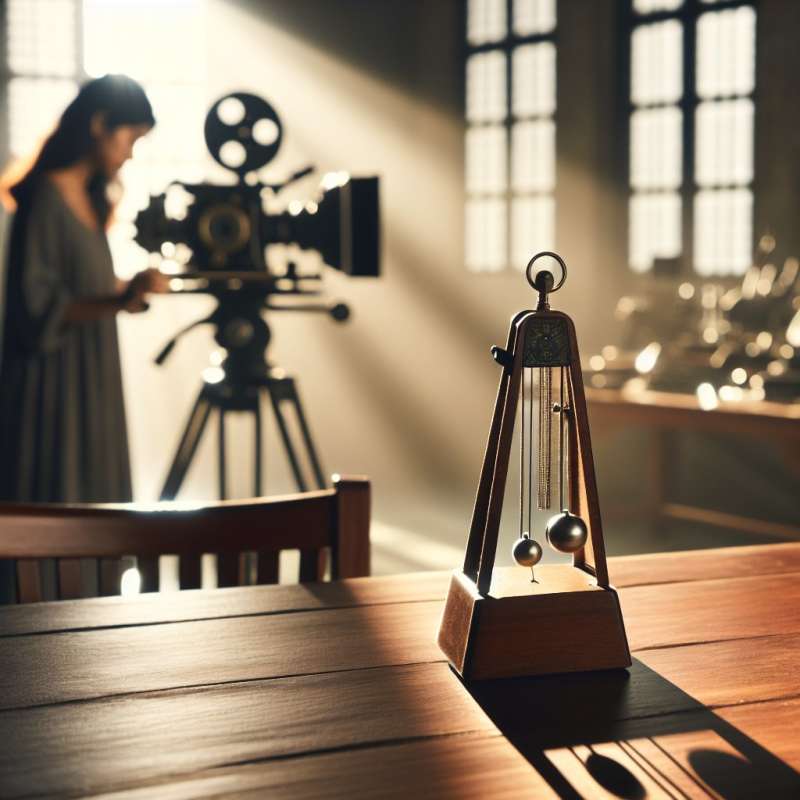
Storytelling is Key
Effective short films have a clear, concise narrative. Your editing should always enhance the story, using cuts and transitions to emphasize emotion and narrative structure, not just to showcase technical prowess.
Pacing and Rhythm
Maintain a rhythm that matches the tone of your film. Quick cuts can create energy and tension, while longer takes can build emotion or suspense. Let your content dictate the pacing, not the other way around.
Creative Transitions
Transitions are more than fades and wipes. Use them to reveal information creatively, like match cuts that draw parallels or J-cuts that let audio lead into the next scene, thus keeping viewers engaged.
Color Correction Matters
Color sets the mood and feel of your film. Use color correction to create a visual style or to correct inconsistencies in your footage. It's a subtle art that can greatly affect the viewer's experience.
Sound Design Impact
Sound is half the picture. Use diegetic and non-diegetic sounds to fill the world of your film. A well-placed sound effect or piece of music can transform a scene from good to unforgettable.
Economy of Expression
In a short film, every second counts. Edit ruthlessly. If a shot or scene doesn't add to the story or emotion, cut it. Be efficient in your storytelling and keep only what's essential.
Test Screenings Feedback
Test your edit with an audience unfamiliar with the story. Their fresh eyes can offer invaluable feedback on the clarity and impact of your film, giving you insights that you, as the editor, may have missed.
What should editing enhance?
Technical effects
Story and emotion
Actor performances
Company